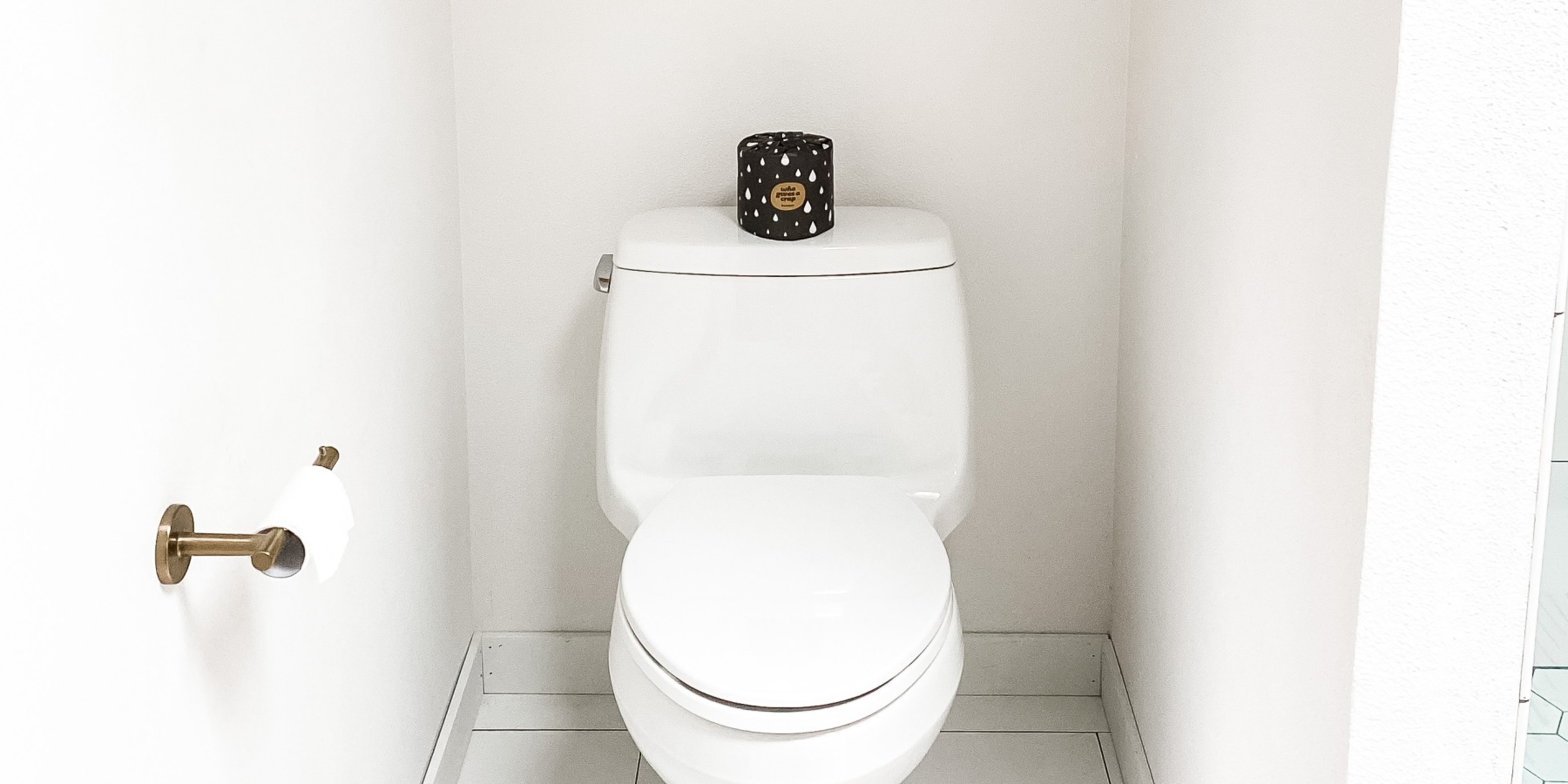White vinegar, a staple in many kitchens, is more than just a culinary ingredient. It's a powerful, natural cleaning agent that can remove limescale on toilets. This acidic liquid is comprised mainly of acetic acid and water, making it an excellent, eco-friendly alternative to harsh chemical cleaners.
Chemical Properties Aiding in Limescale Removal
The primary component of white vinegar, acetic acid, plays a crucial role in limescale removal. Limescale is primarily composed of calcium carbonate, a base in chemical terms. When white vinegar, an acid, comes into contact with limescale, a chemical reaction occurs. This reaction dissolves the calcium carbonate, breaking down the limescale. This process is not only effective but also safe for most toilet materials, ensuring that the integrity of the porcelain is not compromised.
Application Method
To effectively use white vinegar for limescale removal, follow these steps:
- Direct Application: Pour undiluted white vinegar into the toilet bowl, ensuring complete coverage, especially under the rim where limescale often accumulates. For severe cases, heat the vinegar slightly before pouring to enhance its effectiveness.
- Soaking Time: Allow the vinegar to sit for at least 3 to 4 hours. For stubborn limescale, an overnight soak is recommended. The longer the vinegar sits, the more time it has to react and dissolve the limescale.
- Scrubbing: After the soaking period, use a toilet brush to scrub the bowl. Pay special attention to areas with noticeable limescale buildup. The vinegar will loosen the deposits, making them easier to remove.
- Flushing: Once scrubbed, flush the toilet. This will rinse away the vinegar and the now-loosened limescale. If any limescale remains, repeat the process.
Additional Tips for Enhanced Effectiveness
- For an even stronger solution, mix white vinegar with baking soda. This combination will create a fizzing action, adding extra scrubbing power to the cleaning process.
- In cases of severe limescale buildup, consider applying vinegar-soaked toilet paper to the affected areas. Press the vinegar-soaked paper against the limescale and leave it overnight. This method ensures prolonged contact and can be particularly effective for hard-to-reach areas.
Safety and Precautions
While white vinegar is generally safe, it's important to ensure proper ventilation during cleaning. Additionally, always wear gloves to protect your hands, especially if you have sensitive skin or are using heated vinegar.
Environmental Impact
Opting for white vinegar over chemical cleaners is a step towards eco-friendly living. Vinegar is biodegradable and non-toxic, making it a safe choice for households and the environment. Its natural properties eliminate the need for harmful chemicals, reducing the ecological footprint of your cleaning routine.
Conclusion
White vinegar is a simple, accessible, and effective solution for removing limescale on toilets. Its natural acidic properties make it a powerful agent against limescale, offering a safe and environmentally friendly alternative to chemical cleaners. By incorporating white vinegar into your cleaning practices, you can maintain a clean, limescale-free toilet while contributing positively to environmental conservation.


